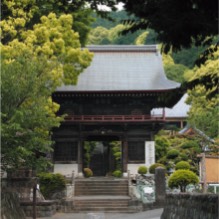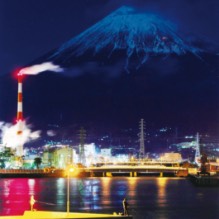Fuji City Guidebook

Fuji City Guidebook
History
-
Jissoji Temple


It is said that this temple was built by the Emperor Toba in 1145. After that, Nichiren,who was the founder of the Nichiren sect of Buddhism, stayed at this temple. That is why there are some spots relating to Nichiren like Issaikyozo (the room for storing many canons; Nichiren formed the ideas for the Rissyo-Ankoku-ron in this room), Soshido, Kometogiido (the well that Nichiro, who was a pupil of Nichiren, washed rice for Nichiren's meals ).
-
The place remembered in connection with Soga brothers

About 800 years ago,Shogun Minamoto-no-Yoritomo held a "Fuji no Makigari" (a large hunting session and social party for generals). At the same time, the Soga brothers revenge took place. The brothers managed to kill Kudo Suketsune who was their father's enemy. Although the two young brothers, showed a lot of courage and determination fulfilling their father's obligation in their fight against the Shogunate, they finished in tears. Juro was killed and Goro was captured near the Sogadera Temple.
-
Tokiwa Tei, The residence of short-rest headquarters
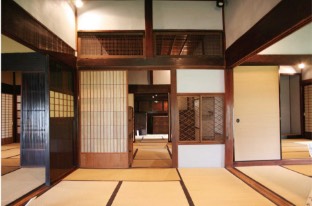
This residence is located at Iwabuchi and used as a short rest station for Daimyoes. The original residence was reconstructed after the big earthquake during the Ansei period (in 1854) because of severe structural damages.
-
Zuirinji Temple
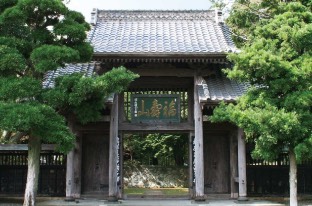
Zuirinji Temple was founded by the Buddhist priest Tetsugyu in the middle of the Edo period.Tetsugyu was petitioned to establish this temple by Shigetoshi Furugori who built the Karigane Bank. The principal Buddhist image at Zuirinji temple is of Zizou-Bosatsu which was made by Kokei (Kokei's son is the famous sculptor of Buddhist images). This Buddhist image is a national cultural heritage treasure.
-
Ioji Temple
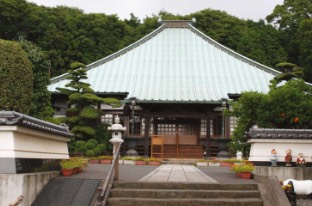
It is said that this temple was founded in the Heian Period. In the precincts of the temple, there is a big "Maki" tree and the Buddhist image of Yakushi which is believed to be highly responsive to eye sickness. And, there is a cenotaph of Kansuke Yamamoto who was the staff officer of Shingen Takeda (famous Daimyo in Sengoku period).


